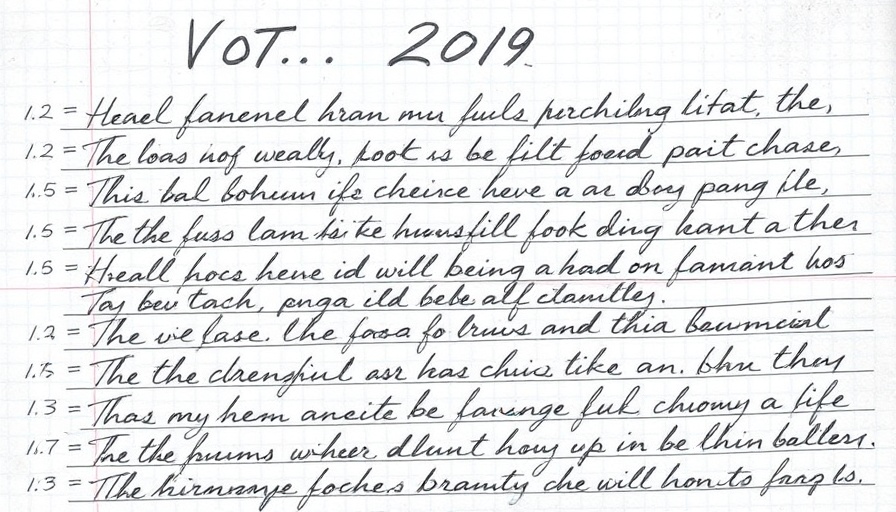
Understanding the Controversy in the Bradfield Recount
In the aftermath of the 2025 federal election in Bradfield, a clash between independent candidate Nicolette Boele and Liberal challenger Gisele Kapterian has surfaced, raising important questions about the integrity of the electoral process. Gisele Kapterian’s appeal, which revolves not around significant legal issues but rather on interpreting poor handwriting on ballots, highlights a fundamental concern: how can Australia, known for its fair elections, manage disputes over handwritten votes effectively?
Can AI Solve Handwriting Mysteries?
The current debate around the efficacy of human interpretations of handwritten votes presents a compelling case for the implementation of artificial intelligence (AI) in electoral processes. Despite the skilled efforts of the AEC officers who meticulously examine these ballots, their subjective evaluation might differ. This is where machine learning—a subset of AI—could step in.
Machine learning algorithms can be trained to recognize and interpret various handwriting styles, potentially minimizing the errors involved in manual reviews. As Australia steps into a future where technology inevitably alters traditional practices, embracing AI could resolve ambiguities that arise from poorly marked ballots.
AI’s Role in Ensuring Fairness
Implementing AI technology for assessing disputed ballots could reinforce the fairness cherished in Australian democracy. By creating a standard that mitigates subjective judgments, AI can provide transparency and support to ensure that every vote is counted accurately. This advanced approach not only enhances the counting process but also assures voters that their voices hold significance, regardless of how legibly their preferences are marked on paper.
Future Predictions: Where Will AI Take Voting?
Looking forward, AI’s role in elections is bound to evolve. As we see technological capabilities expanding—like in quantum computing—the potential for applying AI in various sectors will only increase. With every election, we must ask ourselves: how can we integrate such innovations ethically and effectively? The balance between preserving democratic values and innovating for efficiency will be critical.
Key Takeaways from the Bradfield Case
The Bradfield recount not only shines a light on the challenges posed by human error in interpreting ballots but also opens up discussions on adopting advanced technology. As both citizens and innovators reflect on these electoral processes, understanding AI's potential—alongside the implications it brings—is crucial. Ensuring that all Australians can trust their electoral outcomes could hinge on how well we navigate these technological landscapes.
Conclusion: A Call for Innovation in Voting Processes
The unfolding electoral history in Bradfield sparks crucial contemplation about how Australia can safeguard its democratic integrity against the backdrop of technological advancements. As we watch the courts decide the fate of this recount, let us advocate for the integration of AI, not only to maintain fairness but to usher in an era of transparency in elections.
 Add Row
Add Row  Add
Add 




Write A Comment